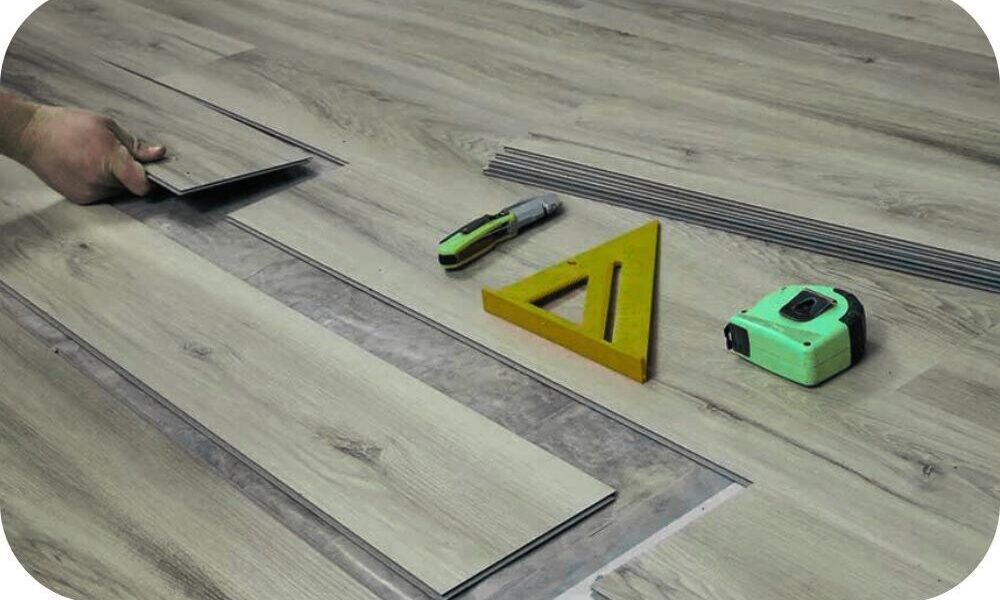Slippery wood floors can be a significant concern for homeowners. Whether you have young children, elderly family members, or simply want to ensure a safe environment for everyone, addressing the issue of slipperiness is crucial. Wood floors are beautiful and add warmth to any home, but they can become hazardous when they are slick.
Understanding Slipperiness in Wood Floors

What Causes Slipperiness?
Several factors contribute to the slipperiness of wood floors. Understanding these can help you take effective measures to reduce the risk of slips and falls.
- Finish Type: The type of finish applied to your wood floors plays a significant role in their slipperiness. Glossy finishes tend to be more slippery than matte or satin finishes.
- Moisture: Water or spills can create a slick surface. Even humidity can cause wood to swell and become slippery.
- Dust and Dirt: Accumulated dust and dirt can also make floors slippery. Regular cleaning is essential to maintain traction.
Common Scenarios Leading to Slippery Floors
Certain areas in your home are more prone to becoming slippery. Here are some common scenarios:
- Kitchens: Spills from cooking or cleaning can create hazardous conditions.
- Bathrooms: Water from showers or sinks can easily make wood floors slick.
- Entryways: Wet shoes can track moisture onto wood floors, increasing slipperiness.
Assessing Your Wood Floors
Identifying the Type of Finish
Before you can effectively address slipperiness, it’s essential to identify the type of finish on your wood floors. Here are some common finishes:
- Polyurethane: This is a popular choice for its durability but can be slippery.
- Oil-Based Finishes: These provide a warm look but may not offer the best traction.
- Water-Based Finishes: These are less slippery and dry faster.
Understanding your finish will help you choose the right solutions to reduce slipperiness.
Evaluating Floor Condition
The condition of your wood floors can also impact their slipperiness. Look for signs of wear, such as:
- Scratches: These can create uneven surfaces that may be more slippery.
- Dullness: A worn finish can lose its grip, making it slicker.
- Water Damage: Signs of water damage can indicate areas that need immediate attention.
Preventative Measures
Choosing the Right Finish
One of the most effective ways to make wood floors less slippery is by choosing the right finish. Here are some options:
- Non-Slip Finishes: These are specifically designed to provide better traction.
- Matte Finishes: Opting for a matte finish can reduce slipperiness compared to glossy options.
Regular Maintenance Practices
Maintaining your wood floors is crucial for safety. Here are some cleaning tips:
- Avoid Wax: Wax can create a slippery surface. Instead, use a cleaner specifically designed for wood floors.
- Use a Damp Mop: When cleaning, use a damp mop rather than soaking the floor, which can lead to moisture accumulation.
Humidity Control
Maintaining optimal humidity levels in your home is essential. Here’s why:
- Too Much Humidity: Can cause wood to swell and become slippery.
- Too Little Humidity: Can lead to cracks and gaps, which may also affect traction.
Aim for a humidity level between 30% and 50% for the best results.
DIY Solutions to Make Wood Floors Less Slippery
Applying Non-Slip Treatments
If you’re looking for immediate solutions, consider applying non-slip treatments. Here are some options:
- Sprays: Non-slip sprays can be applied directly to the floor for added traction.
- Coatings: These provide a more permanent solution and can be applied during refinishing.
Using Area Rugs and Mats
Strategically placing area rugs and mats can significantly enhance safety. Here’s how to do it effectively:
- High-Traffic Areas: Place rugs in entryways, kitchens, and bathrooms where slips are more likely.
- Non-Slip Backing: Ensure that the rugs have a non-slip backing to prevent them from sliding.
Professional Solutions
When to Call a Professional
Sometimes, DIY solutions may not be enough. Here are signs that you might need professional help:
- Persistent Slipperiness: If your floors remain slippery despite your efforts.
- Severe Damage: If there are significant scratches or water damage.
Services Offered by Flooring Experts
Professional flooring experts can provide various services to enhance safety, including:
- Refinishing: This can restore the finish and improve traction.
- Applying Non-Slip Coatings: Experts can apply specialized coatings that are more effective than DIY options.
Long-Term Strategies for Safety
Educating Family Members
It’s essential to educate everyone in your household about the risks associated with slippery floors. Here are some tips:
- Awareness: Make sure everyone knows which areas are more prone to slipperiness.
- Footwear: Encourage the use of non-slip footwear indoors.
Creating a Safe Environment
Rearranging furniture and decor can also help minimize risks. Consider these strategies:
- Clear Pathways: Ensure that walkways are free of obstacles.
- Lighting: Good lighting can help prevent accidents by making slippery areas more visible.
Frequently Asked Questions (FAQ)
How often should I treat my wood floors?
It’s recommended to treat your wood floors every 6 to 12 months, depending on foot traffic and wear.
What are the best non-slip products?
Some popular non-slip products include sprays like SlipDoctors and coatings like Bona Traffic Anti-Slip.
Conclusion
In conclusion, making your wood floors less slippery is essential for the safety and comfort of your home. By understanding the causes of slipperiness, assessing your floors, and implementing preventative measures, you can significantly reduce the risk of slips and falls.
Remember to consider both DIY guide and professional help when necessary. Taking action now will ensure a safer environment for you and your loved ones.




